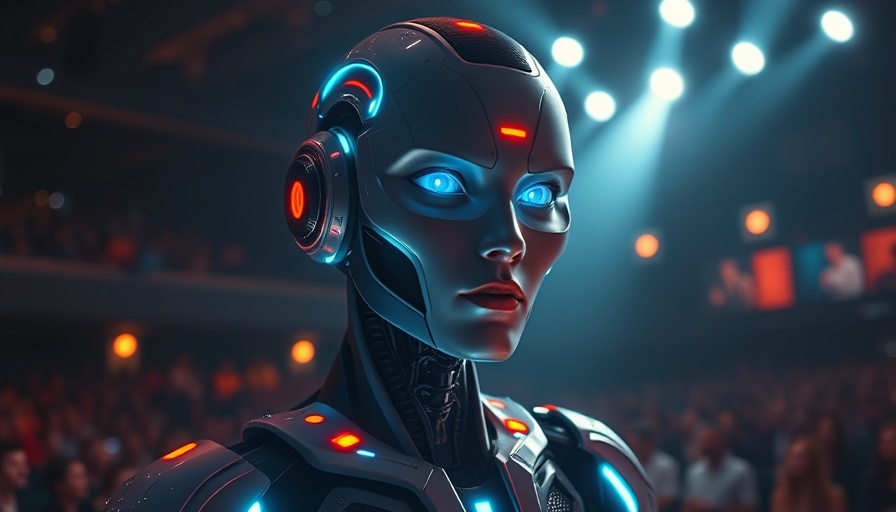
The Trillion Parameter Revolution: China's New AI Models
In a groundbreaking week for artificial intelligence, China has unleashed not one but two trillion parameter AI models, making waves in the tech world. Alibaba's Quen team and the startup Moonshot AI have both made significant advancements that will intensify the ongoing global AI race.
In 'China Just Dropped A Trillion Parameter Beast Crushing Top AI Models', the discussion dives into the implications of China's latest AI advancements, exploring key insights that sparked deeper analysis on our end.
Quen 3 Max: The New Contender
Leading the charge is Alibaba's Quen 3 Max, boasting over a trillion parameters and designed to handle complex reasoning and coding tasks. This model has already begun to outperform some of the most advanced AI models, including OpenAI's GPT series, in various benchmarks. The Quen team reports that tests such as Super GPQA and Arena Hard V2 show their new model consistently outperforming competitors like Claude and DeepSeek. This is particularly significant given recent industry trends favoring smaller, more efficient models.
The Pricing Strategy and Its Implications
While Quen 3 Max’s performance is impressive, its pricing structure could pose challenges for enterprises looking to adopt the technology. With tiered pricing based on token use, organizations will face increased costs as their workloads scale up. For example, using more than 32,000 tokens can see costs surge to as high as $2.15 per million input tokens. This tiered approach necessitates careful budget considerations for businesses eager to harness this powerful AI.
Moonshot AI: Riding the Trillion Parameter Wave
Not to be outdone, Moonshot AI is set to release its own trillion-parameter model, Kimmy K3, which promises even larger context windows for operations. Although this version has faced delays, the anticipation stems from its open-source nature and commitment to advancing coding capabilities. Unlike Quen, Moonshot is focused on democratizing access, reinforcing the community’s ability to innovate alongside them.
Broader Implications for Businesses
The release of these trillion-parameter models represents not just a technological leap but also a shift in the competitive landscape. As AI capabilities expand, businesses must adapt their strategies to leverage these advancements effectively. The enhanced capabilities and flexibility of these new models mean that organizations can tackle more complex tasks, enhancing productivity and driving innovation.
The Future of AI: Are We Just Getting Started?
Both companies are pushing the boundaries of what’s possible in AI, suggesting that we are on the brink of a new era in artificial intelligence. With massive improvements in processing capability and a focus on usability, we may soon witness AI systems that can revolutionize productivity across industries and open new avenues for creative solutions.
Overall, China's advancements in AI highlight a pivotal moment in tech, raising the question: will these trillion parameter models become the norm? Businesses that stay informed may find new opportunities arising from this technological shift.
If you want to harness the power of AI and enhance your business operations, consider getting your own AI assistant. Investing in AI marketing software could be a game-changer for your company.
 Add Row
Add Row  Add
Add 




Write A Comment